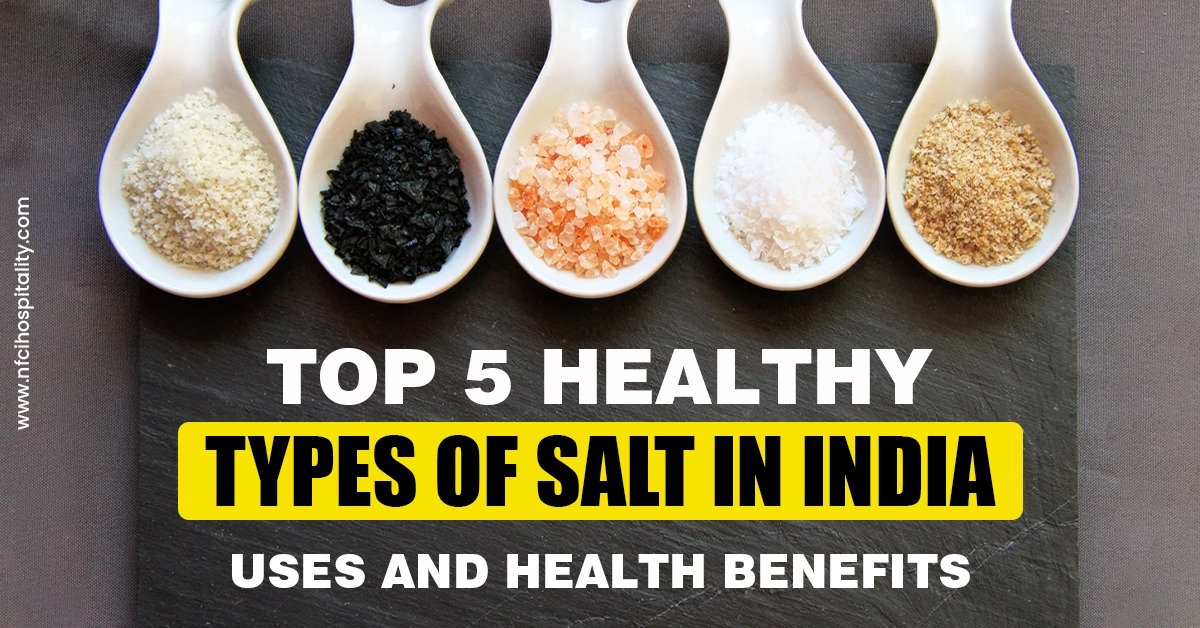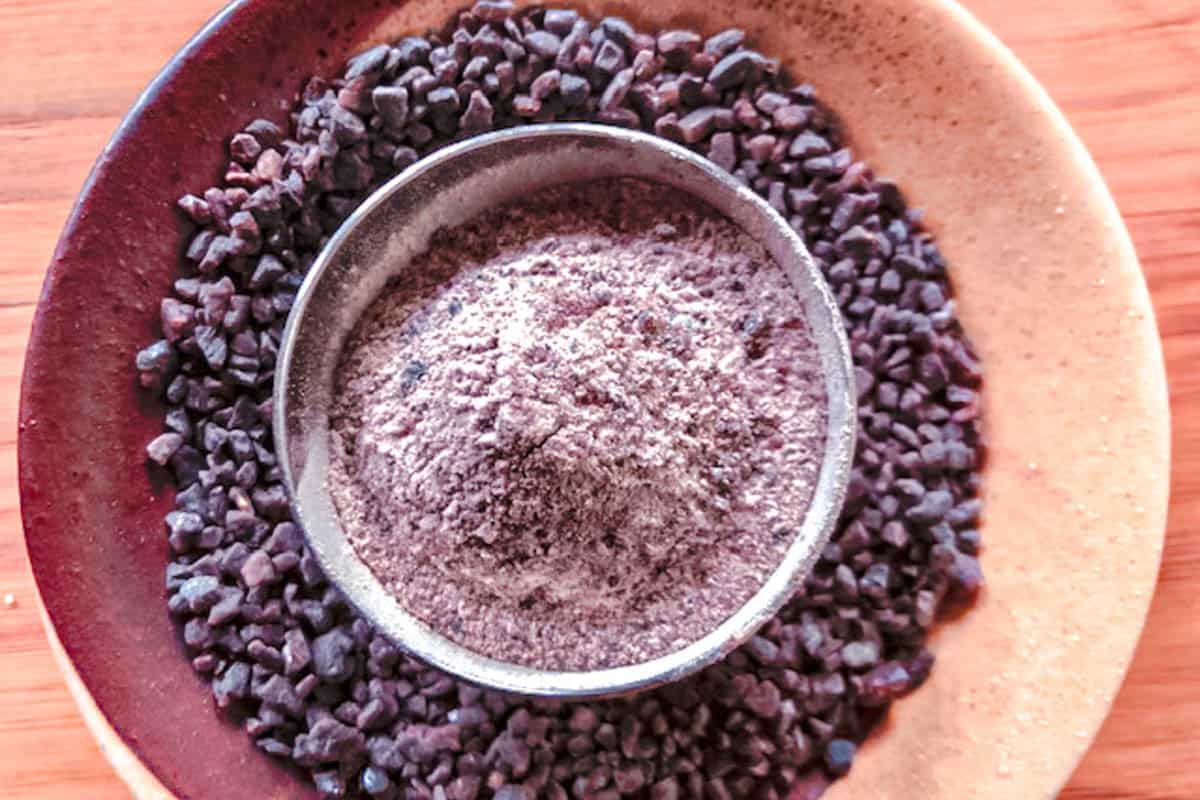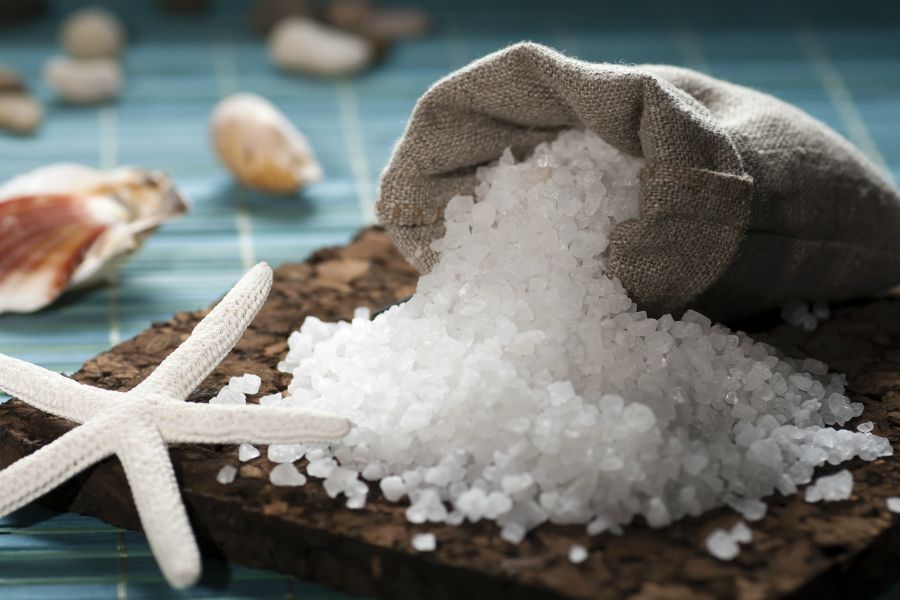
Top 5 Healthy Types of Salt in India | Facts to Know
Salt is an essential ingredient in every Indian kitchen, not just for flavour but also for its role in health and nutrition. While the market offers a variety of salts, choosing the healthiest options can make a significant difference in your diet.
In this blog, we explore the top 5 healthy types of salt in India, their benefits, and key facts to help you make an informed choice. We’ll also touch on other salt varieties available globally.
Why Choose Healthy Salts?
The two main sources of any types of salt, most typically sodium chloride, are beneath the earth rock salt deposits and saltwater. Evaporation from the sea or subsurface formations can be used to extract salt.

Salt is more than just a seasoning—it provides essential minerals like sodium and chloride, which regulate bodily functions such as fluid balance, nerve function, and muscle activity. However, excessive or low-quality salt can contribute to health issues like hypertension or nutrient deficiencies. Opting for minimally processed, nutrient-rich salts ensures you get the maximum benefits without harmful additives.
In addition to these, the following are other types of salt found worldwide.
Here are the top 5 healthy Types of salts in India that stand out for their purity, mineral content, and health benefits:
- Himalayan Pink Salt | The most healthy types of Salt in India
Sourced from the Khewra Salt Mine in the Himalayas, this pink-hued salt is one of the purest forms of salt available. Its color comes from trace minerals like iron, magnesium, and potassium.

Himalayan Pink Salt Benefits:
– Contains 84 trace minerals, which support hydration and electrolyte balance.
– Lower in sodium than table salt, making it a better choice for blood pressure management.
– Free from additives and anti-caking agents often found in refined salts.
Uses in India:
– Widely used in cooking, seasoning, and even as a finishing salt for salads and grilled dishes.
– Popular in wellness practices like salt lamps and bath soaks.
Himalayan Pink Salt Fact:
Himalayan pink salt is often marketed as a “detox” salt, but scientific evidence for detox claims is limited. Its mineral content, however, is undeniably beneficial.
- Types of Natural Salt in India – Featuring Rock Salt (Sendha Namak)
Rock salt, or sendha namak, is a naturally occurring salt mined from underground deposits in India. It’s a staple during fasting periods like Navratri due to its purity.
Sendha Namak Benefits:
– Rich in potassium, which helps balance sodium levels and supports heart health.
– Less processed than table salt, retaining natural minerals.
– May aid digestion when consumed in moderation, often used in chaas (buttermilk) or digestive blends.
Uses in India:
– Essential for fasting recipes like sabudana khichdi and vrat ka khana.
– Used in Ayurvedic remedies for bloating and indigestion.
Fact:
Rock salt is considered cooling in Ayurveda, unlike other salts that are believed to generate heat in the body.
- Black Salt (Kala Namak)
Kala namak is a volcanic rock salt with a distinctive sulfurous aroma, commonly used in Indian cuisine. Its dark colour fades to a pinkish-grey when ground.

Black Salt Benefits:
– Contains sulphur compounds that may aid digestion and reduce bloating.
– Lower sodium content compared to table salt, making it heart-friendly.
– Rich in iron, which can help combat mild anaemia.
Uses in India:
– A key ingredient in chaat, pani puri, and street food for its tangy, umami flavour.
– Added to vegan dishes to mimic the taste of eggs due to its sulphur content.
Fact:
Black salt is one of types of salt, a favorite in Ayurvedic medicine for its therapeutic properties, often used in digestive churnas (powders).
- Sea Salt | Exploring the Different Types of Salt for Every Kitchen
Sea salt is produced by evaporating seawater, retaining trace minerals like magnesium, calcium, and zinc. In India, it’s often sourced from coastal regions like Gujarat.

Sea Salt Benefits:
– Less refined than table salt, preserving natural minerals.
– May support thyroid function due to its natural iodine content (though less than iodized salt).
– Enhances flavour without the need for excessive use.
Uses in India:
– Used in coastal cuisines, especially in seafood dishes and pickles.
– Gaining popularity in gourmet cooking and as a finishing salt.
Fact:
The mineral profile of sea salt varies depending on the source of the seawater, giving each batch a unique flavor.
- Low Sodium Salt
Low sodium salt is a blend of sodium chloride and potassium chloride, designed to reduce sodium intake while maintaining flavour. It’s often fortified with iodine.

Low Sodium Salt Benefits:
– Ideal for individuals with hypertension or those monitoring sodium intake.
– Potassium helps counteract sodium’s effects on blood pressure.
– Fortified versions ensure adequate iodine intake, crucial for thyroid health.
Uses in India:
– Recommended for heart patients and those on low-sodium diets.
– Used in everyday cooking as a direct substitute for table salt.
Fact:
Low sodium salt tastes slightly different due to potassium chloride, but most people adapt quickly.
Other Types of Salt around the World
While the above types of salts are widely available and popular in India, here are some other notable salt varieties used globally:
– Celtic Sea Salt: Harvested from the coast of Brittany, France, this greyish salt is rich in minerals and has a moist texture. It’s prized for its complex flavor in gourmet cooking.
– Kosher Salt: Known for its large, coarse grains, kosher salt is used in Jewish culinary traditions and is a favorite among chefs for its ease of use in seasoning.
– Epsom Salt: Not edible, Epsom salt (magnesium sulphate) is used in baths to relieve muscle soreness and stress. It’s popular in wellness and spa treatments.
– Fleur de Sel: A delicate, flaky sea salt from France, often hand-harvested and used as a finishing salt for its subtle crunch and flavour.
– Smoked Salt: Sea salt infused with smoke for a bold, smoky flavour, commonly used in grilling and barbecue dishes.
Key Facts to Know About Salt
- Moderation is Key: The World Health Organization recommends a maximum of 5g of salt per day (about 1 teaspoon) to prevent health issues like hypertension.
- Iodine Deficiency: In India, iodized salt is critical to prevent iodine deficiency disorders like goiter. Ensure your chosen salt is fortified if iodine is a concern.
- Processing Matters: Refined table salt often contains anti-caking agents and lacks trace minerals. Opt for minimally processed salts for better health benefits.
- Storage Tips: Store salts in airtight containers to prevent moisture absorption, especially for coarse or flaky varieties like sea salt.
- Taste and Texture: Different salts have unique flavors and textures, so experiment to find what suits your cooking style best.
Which types of Salt Should You Choose?
The healthiest salt depends on your dietary needs and culinary preferences:
- For daily cooking: Himalayan pink salt or rock salt for their mineral content.
- For fasting or digestion: Black salt or rock salt for their Ayurvedic benefits.
- For heart health: Low sodium salt to manage blood pressure.
- For gourmet dishes: Sea salt for its clean, crisp flavor.
Always consult a healthcare professional if you have specific health conditions like hypertension or kidney issues before switching salts.
Final thoughts
Switching to healthier salts like Himalayan pink salt, rock salt, black salt, sea salt, or low sodium salt can elevate your meals while supporting your well-being. These types of salt not only add flavour but also provide essential minerals and health benefits when used mindfully. By understanding their unique properties and uses, you can make smarter choices for your kitchen and your health. If you want to make healthier dishes then try to take a culinary course.




